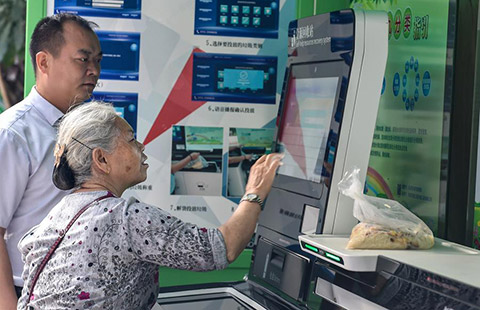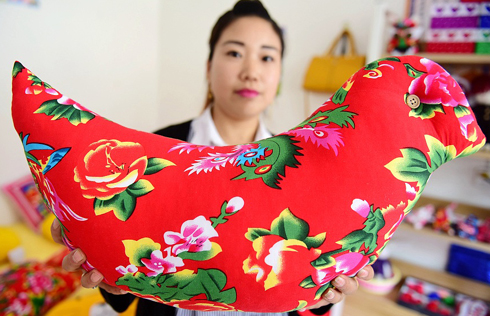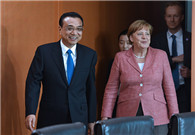Retailers chase growth in China's west
CHENGDU -- Finding a table during lunch time at Ikea's restaurant in Southwest China's Chengdu is never easy, even on weekdays.
The reason can be found in the parking lot, packed with cars with license plates from other provinces in west China, a sign that the furniture retailer's client base stretches beyond Chengdu, capital of Sichuan province.
"Chengdu's sound economic environment and local people's laid-back lifestyle were the major reasons for Ikea to open its first store here in west China," said Janny Zhang, local market manager at the Ikea Chengdu store. The outlet opened in 2006.
A growing number of retailers are scrambling to establish footholds in West China to tap into the region's potential to become a new engine to drive private consumption.
Store and restaurant revenue of the Chengdu store ranked second among all Ikea stores in China from Sept 1, 2012 to mid-May 2013, posting a year-on-year growth of 15 and 27 percent respectively, said Janet Zhou, public relations manager at the store.
Ikea, with 13 outlets on the mainland, is ready to open its second store in west China at Chongqing municipality, with billion-dollar deals involving new stores and distribution centers in Chengdu and Xi'an.
Japanese retailer Ito Yokado has also reaped strong gains in Chengdu, known as China's "leisure capital." Sales at five stores in Chengdu hit 5 billion yuan ($0.82 billion) in 2012, twice as much as that grossed by eight stores in Beijing.
"Consumers in West China are very curious and love to try out new things," said Tomihiro Saegusa, Ito Yokado's general representative in China. "Though they don't earn as much as people in East China, people in the west seem willing to shop more."
Wal-Mart, the world's largest retailer, is eyeing growth opportunities in third and fourth-tier cities in Southwest China.
Meanwhile, Chengdu's chain store Hongqi Chain became the first Chinese convenience store operator to be publicly traded in China's A-share market in 2012. Hongqi is facing challenges from foreign contenders like 7-Eleven and FamilyMart on its home turf.
Economic growth in the region has surpassed the more developed eastern shoreline for six consecutive years, with double-digit growth logged by all western provinces in 2012, above the 7.8 percent for the whole nation.
The economy in the west China region not only grows fast, but also in a different way. Consumption is taking a greater share in the region's economic growth. The secondary and tertiary industries both grew 8.1 percent for the first time in four years in 2012 and their shares of GDP narrowed to 1 percentage point at 45.3 and 44.6 percent respectively.
Retail sales grew more than 16 percent in nearly half of the region in the same period, compared to a 14.3 percent growth nationwide.
This is helped by the increasing affluence of people living in the region, as growth of disposable income for urban households in many provinces of the area exceeded the national average of 12.6 percent and even caught up with Beijing, Shanghai and Guangzhou, the most developed cities in the country.
"The rise of consumption in west China underscores the penetration of investments and business activities into China's hinterland," said Lian Ping, chief economist with the Bank of Communications.
The relatively low cost and high return on investment are attracting more businesses into the country's west after the market in east China became saturated and over-competitive, Lian said.
China launched the Middle and Western Region Development Program in the late 1990s, which has helped channel huge government funding support and talent into landlocked provinces, and provided strong policy support for many sectors, he added.
The government also seeks to unleash the power of consumption through urbanization, which will bring more dramatic changes in the west.
Such is the reason the Carlyle Group acquired a 49-percent stake of two shopping centers operated by SZITIC Commercial Property, a leading retail mall developer and operator in China.
"Rising household disposable income, continuing urbanization, changing demographics and government initiatives to promote domestic consumption will continue to benefit China's retail sector," said Jason Lee, managing director and head of Carlyle Asia Real Estate.
The Chinese government looks to consumption to become a main driver of economic growth. The country has joined the ranks of middle-income nations with per capita GDP of $6,000.
"The journey from middle income to high income nations, with per capita GDP benchmarked at $10,000, will create explosive demand for consumer goods and other services," Lian said.

























